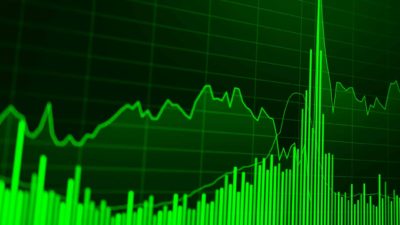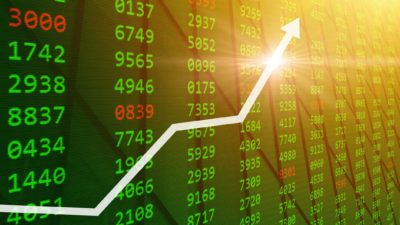The BHP Group Ltd (ASX: BHP) share price has fallen by 16% over the last month. Could the resources giant be a buy after the drop?
BHP shares have actually fallen by 30% since 4 August 2021.
Could the resources giant be an opportunity?
The broker Morgans currently has a hold rating on BHP, with a price target of $45.20 That suggests that BHP shares could rise by around 20% over the next 12 months.
Morgans believes that there will be continuing problems for the iron ore price. Even before the problems with Evergrande came along, it was being reported by news media such as the Australian Financial Review that China was looking to reduce steel production.
It was being reported a few weeks ago that Chinese officials were telling steel mills to slow down production, which may partly be to reduce emissions for the Winter Olympics in Beijing. The AFR also reported that production reductions could last until March next year.
How much of a reduction? China is aiming for 2021 production to be the same as 2020, which is a material reduction because the first half of 2021 saw production that was quite a lot higher than the first half 2020.
What is the BHP share price valuation?
FY22 includes the first few months of the iron ore price being extremely high. That's partly why Morgans puts the current BHP share price at just 7x FY22's estimated earnings. The broker has estimated that in the current financial year the resources giant will pay a grossed-up dividend yield of just over 14%.
But profit is expected to fall in FY23 with the lower iron ore price. Morgans' numbers put the current BHP share price at around 10x FY23'x estimated earnings. FY23 could come with a grossed-up dividend yield of 8.9%.
Whilst the iron ore price is falling, the broker notes that the strong coal prices are helping limit the damage of the iron price drop.
Exposure to potash
BHP recently gave a presentation to investors about its Jansen potash project.
The resources giant said that it's an attractive, future facing commodity. The mining giant said it's a global trend, with a low-emission, biosphere friendly fertiliser. BHP said that potash has attractive fundamentals, it's a supply-driven market with a reliable base demand and attractive upside. BHP says potash is not strongly correlated with broader economic and commodity cycles.
This potash project will increase BHP's diversification of commodity, customer base and operating footprint. It's a long-life asset in a stable mining jurisdiction. Potash also provides a platform for growth through potential "capital efficient" expansions.
BHP estimated that it could achieve an underlying earnings before interest, tax, depreciation and amortisation (EBITDA) margin of around 70%, generating an internal rate of return of between 12% to 14%.









